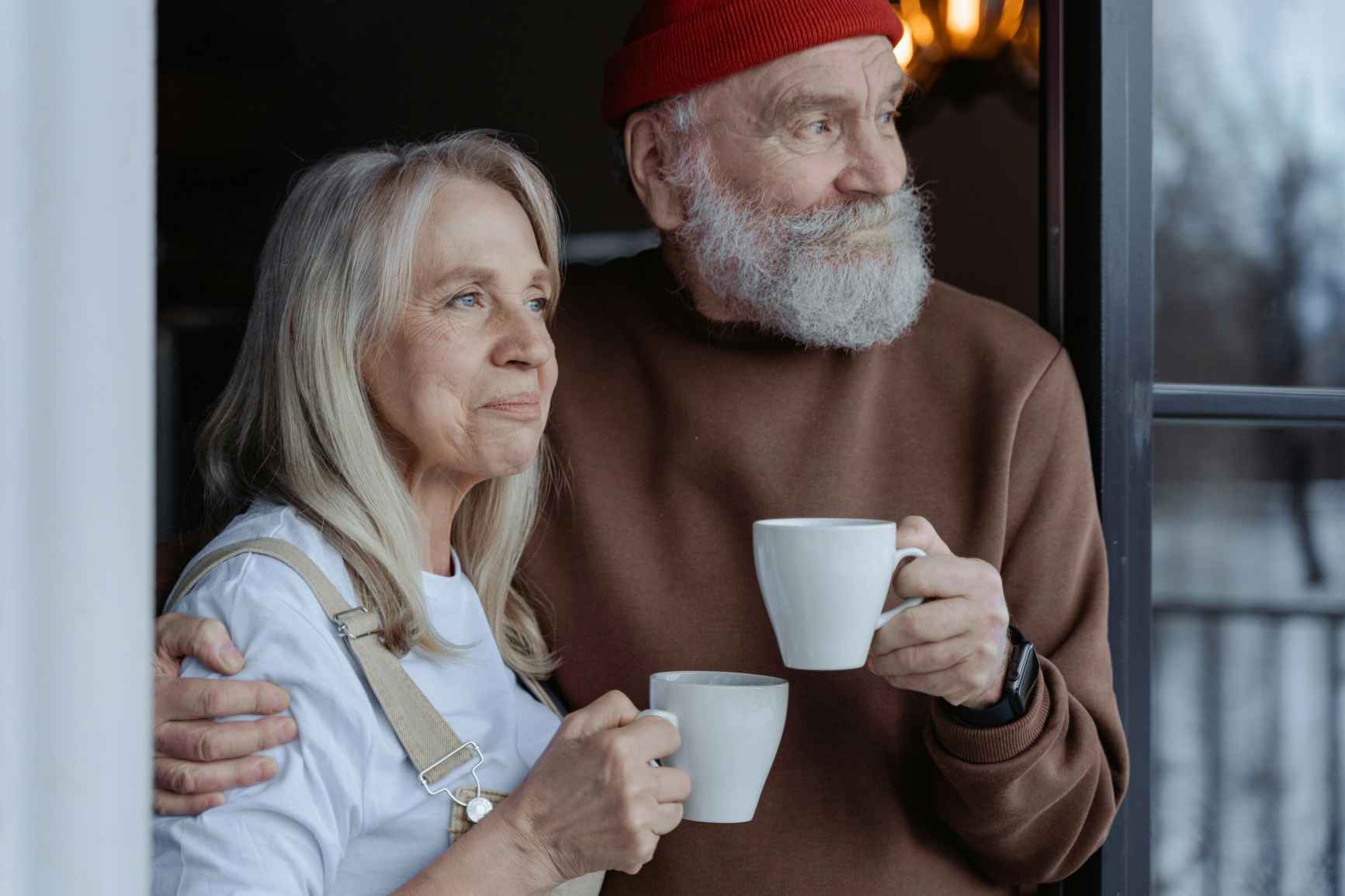As we age, our physical and cognitive abilities may change, requiring us to adapt our living environments to ensure safety and comfort. Creating a home environment that is specifically tailored to the needs of seniors is crucial for maintaining independence and well-being.

Whether you are a senior looking to make your living space more accommodating or a caregiver seeking ways to enhance the home environment for an elderly loved one, this comprehensive guide will provide valuable insights and practical tips for creating a safe, comfortable, and enjoyable living space.
Creating a Safe and Comfortable Home for Seniors
Creating a safe and comfortable home for seniors is essential in supporting their independence and well-being. One crucial aspect to consider is the layout of the living space, ensuring that it is easily navigable and free from hazards such as loose rugs or clutter.
In addition, proper lighting can play a significant role in preventing falls, so investing in brighter bulbs and night lights can greatly improve safety.
Another important element to address is the incorporation of assistive devices and furnishings designed specifically for seniors. This may include installing grab bars in bathrooms, utilizing shower chairs, and opting for furniture with higher seats to facilitate easier mobility.
Furthermore, implementing technology such as medical alert systems and smart home features can provide an added layer of security and peace of mind for both seniors and their caregivers.
Also Read: Single Sheepskin Rugs: The Perfect Addition For Any Room
Understanding the Needs of Seniors
Understanding the needs of seniors is a crucial aspect of creating a safe and comfortable home environment for them. Decoding the importance of assisted living management involves recognizing that seniors have unique physical, emotional, and social requirements. This understanding can guide us in creating living spaces that cater to their specific needs, ensuring safety and comfort.
It’s important to acknowledge that the needs of seniors are diverse and ever-evolving. As we delve into deciphering these needs, it becomes evident that customization is key. Each senior has their own set of preferences and challenges, requiring personalized solutions for their well-being. By embracing this individualized approach, we can tailor our caregiving strategies to address each senior’s distinct needs effectively.
Ultimately, taking the time to understand and meet these needs embodies a deep display of respect and empathy towards our beloved elders.
Assessing Home Safety Hazards
Assessing home safety hazards is crucial for creating a safe environment for seniors. Beyond the obvious dangers like loose rugs and slippery floors, it’s important to also consider less noticeable hazards such as poor lighting or cluttered walkways. Simple modifications like installing handrails in hallways or adding non-slip mats in the bathroom can make a significant impact on preventing falls and injuries.
Additionally, taking the time to evaluate potential electrical hazards and ensuring that smoke detectors are in working order can provide peace of mind for both seniors and their loved ones.
Furthermore, it’s essential to recognize the impact of cognitive changes on home safety. As individuals age, cognitive abilities may decline, affecting their perception of everyday hazards. By being mindful of this, caregivers can adapt the home environment by clearly marking steps or using contrasting colors to delineate potential tripping hazards.
Understanding these nuances allows for a more comprehensive assessment of home safety concerns and enables proactive measures to be taken to mitigate risks effectively.
Making Necessary Modifications
Making necessary modifications to a home for seniors is not just about adding grab bars and ramps. It requires a holistic approach that addresses physical, emotional, and cognitive needs. One often overlooked aspect is lighting. Poor lighting can lead to falls and accidents, so consider installing motion-sensor lights in hallways and bathrooms for added safety.
When it comes to creating a safe and comfortable home environment for seniors, technology can be a game-changer. Smart home devices such as voice-activated assistants, smart thermostats, and security systems can provide convenience while also enhancing safety.
Additionally, incorporating comfortable seating options with proper support throughout the home can make daily activities more manageable for seniors with mobility challenges.
In conclusion, making necessary modifications goes beyond simple adaptations; it involves rethinking the entire living space to cater to the unique needs of seniors. By focusing on lighting, integrating technology, and providing suitable furniture, we can create an environment that ensures not only safety but also comfort for our aging loved ones.1
Also Read: The world of Tocken Instruments: The Hidden Gems
Implementing Assistive Technologies
Implementing assistive technologies in a senior’s home is an essential step towards creating a safe and comfortable living environment. These innovative tools not only provide assistance with daily activities but also promote independence and improve the overall quality of life for seniors.
From smart home devices that can control lighting, temperature, and security to wearable health monitors that can track vital signs and alert caregivers in case of emergencies, assistive technologies are revolutionizing the way seniors age in place.
One of the key benefits of incorporating these technologies is the peace of mind they offer to both seniors and their loved ones. With remote monitoring capabilities and automatic alerts, caregivers can stay informed about their loved one’s well-being while allowing seniors to maintain their autonomy.
Additionally, these technologies can help prevent accidents by identifying potential hazards in the home environment and providing timely warnings or interventions. By embracing assistive technologies, families can ensure that their aging relatives enjoy a secure and supportive living space while maintaining their dignity and freedom.




